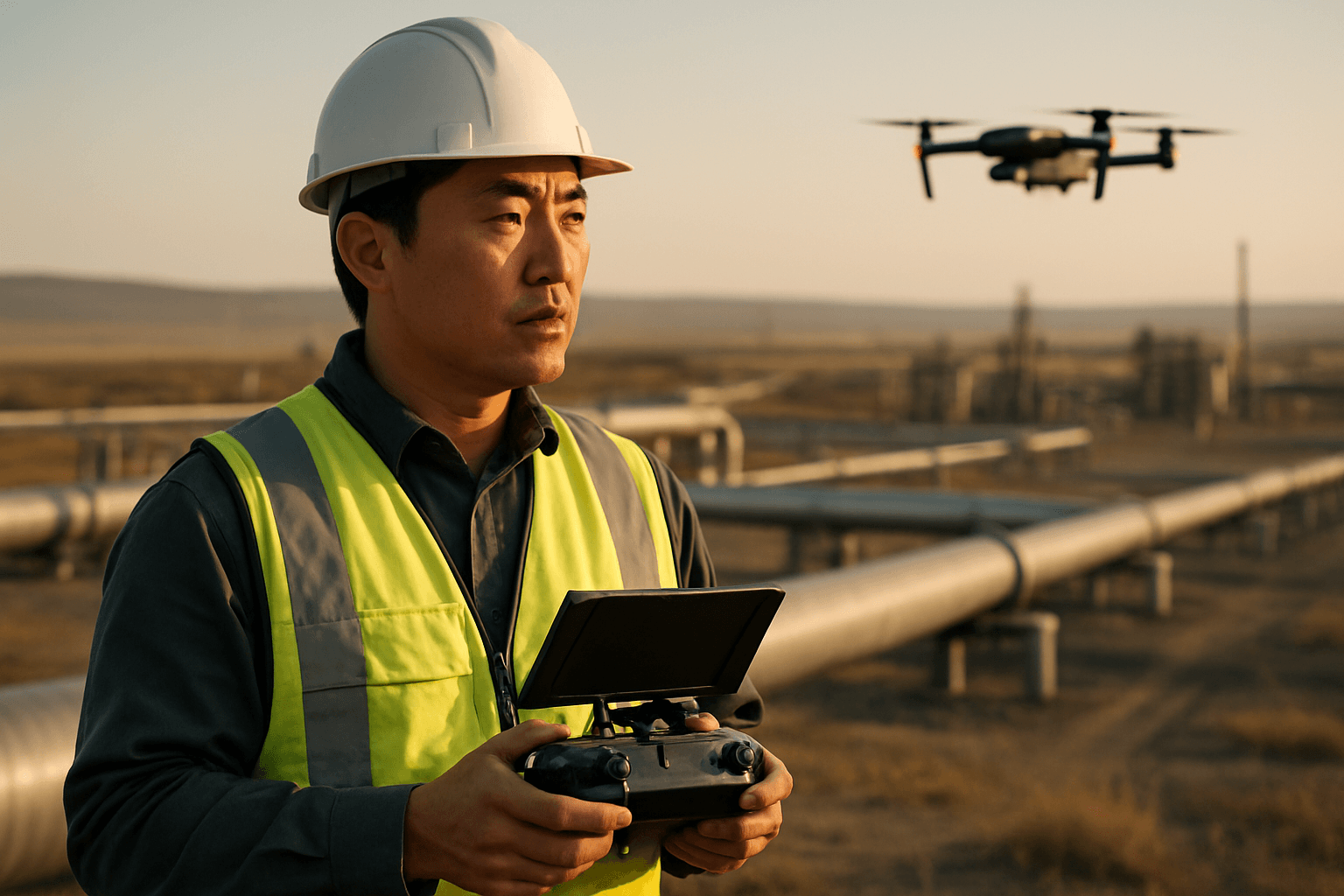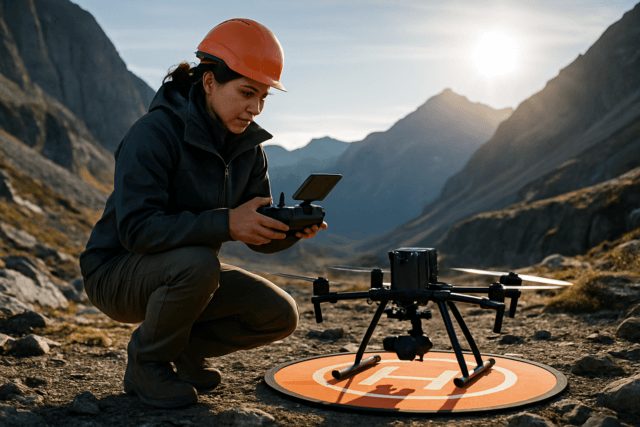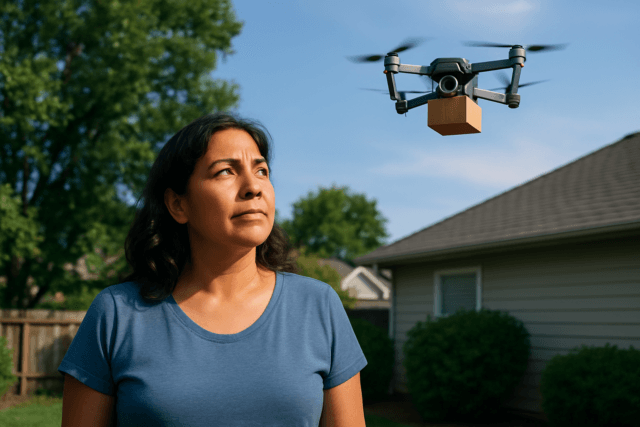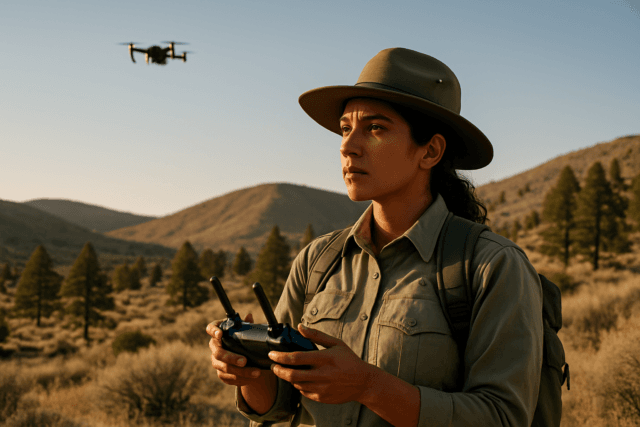The oil and gas industry faces immense challenges in securing its vast and often remote infrastructure, from sprawling pipelines to complex refineries and offshore platforms. Traditional security methods, reliant on ground patrols and fixed cameras, often prove insufficient, leading to vulnerabilities such as theft, sabotage, environmental damage, and operational downtime.
Unmanned Aerial Vehicles (UAVs), commonly known as drones, are rapidly emerging as a transformative solution, revolutionizing how these critical facilities are monitored and protected. By offering enhanced safety, cost-effectiveness, and unparalleled situational awareness, drones are becoming indispensable tools in the modern oil and gas security landscape.
Unique Security Challenges in Oil and Gas
Oil and gas infrastructure presents a unique set of security challenges due to its scale, value, and inherent risks:
- Vast and Remote Assets: Pipelines span thousands of miles across diverse and often inaccessible terrains, making comprehensive monitoring difficult and expensive with traditional methods. Refineries and production platforms are also large and can be remotely located, posing logistical challenges for security personnel.
- High-Value Targets: Facilities and their products are valuable, making them targets for theft, vandalism, and sabotage. Oil theft alone accounts for billions of dollars in losses annually.
- Hazardous Environments: The presence of flammable materials, high-pressure systems, and potential for leaks creates dangerous environments for human inspectors and security personnel.
- Environmental and Regulatory Compliance: The industry operates under strict environmental regulations, requiring constant monitoring for leaks, spills, and emissions to prevent ecological damage and ensure compliance. Disruptions can lead to severe environmental, financial, and reputational damage.
Drone Capabilities for Comprehensive Protection
Drones, equipped with advanced sensors and autonomous capabilities, address these challenges by providing a versatile and efficient security platform.
Advanced Surveillance and Monitoring
Drones can conduct continuous, scheduled patrols, providing 24/7 monitoring of vast areas that are difficult for humans to cover.
- Perimeter Security and Intrusion Detection: Drones actively patrol large perimeters, detect movement, and can respond instantly to triggered alerts or intrusions. They offer a visual deterrent and live verification of incidents before ground teams are dispatched. This is crucial for preventing unauthorized access and suspicious activity.
- Pipeline and Asset Inspection: UAVs can safely and quickly inspect miles of pipelines, storage tanks, and remote equipment, reducing inspection costs and keeping workers out of hazardous zones. They can cover large areas in a short amount of time, reducing the overall time and labor required for inspections.
- Real-time Situational Awareness: Drones deliver immediate aerial footage and other data to security personnel, enabling rapid and informed decision-making during incidents or routine operations.
Leak and Anomaly Detection
Drones are equipped with specialized sensors to detect various anomalies that might indicate security threats or operational issues.
- Optical Gas Imaging (OGI): OGI cameras utilize infrared technology to visualize and detect gas emissions, such as methane, propane, and butane, which are often invisible to the naked eye. This allows for early detection of leaks, preventing potential disasters and safeguarding the environment.
- Thermal and Infrared (IR) Imaging: Advanced thermal and IR cameras identify threats in darkness or harsh weather conditions and detect heat anomalies that may indicate gas leaks, equipment failure, or even human presence. Thermal imaging can easily pick up temperature differences between fluid and soil, aiding in leak detection.
- Multispectral Sensors: These sensors can detect various wavelengths, enabling early leak detection by identifying unique hydrocarbon spectral signatures. They are also crucial for monitoring vegetation health near industrial sites, as stressed vegetation can indicate a leak.
- LiDAR Technology: Light Detection and Ranging (LiDAR) sensors create 3D digital models of infrastructure, allowing for the detection of subtle changes in pipeline structure over time, identifying potential damage, corrosion, or structural deformation.
Emergency Response and Environmental Monitoring
Drones play a critical role in responding to emergencies and ensuring environmental compliance.
- Rapid Assessment: In emergencies like oil spills, pipeline leaks, or fires, drones can quickly assess the situation, gather crucial data, and provide real-time information to emergency response teams, enabling quicker, more effective action. They can help measure and quantify oil spills, track their spread, and determine where to send response vessels.
- Environmental Compliance: Drones equipped with environmental sensors monitor air quality, water sources, and surrounding vegetation, helping companies reduce environmental impact and ensure strict compliance with regulations, such as methane emissions.
Benefits of Integrating Drones in Oil and Gas Security
The adoption of drone technology brings numerous advantages to the oil and gas sector:
- Enhanced Safety: Drones significantly reduce the need for human personnel to enter hazardous or difficult-to-reach areas, such as flare stacks, offshore rigs, pipelines in rough terrain, or areas with potential leaks, thereby minimizing the risk of accidents and injuries.
- Cost Reduction: Drones can cover large areas more quickly and efficiently than traditional methods, leading to significant savings in labor, equipment, and operational costs. For example, aerial inspection of pipelines using helicopters can cost significantly more than using UAVs. Some estimates suggest up to a 60% reduction in costs for security programs.
- Increased Efficiency and Accuracy: Drones provide high-resolution data with advanced imaging and real-time analytics, leading to more accurate inspections and earlier detection of potential issues. Automated flight paths ensure comprehensive and repeatable inspections.
- Proactive Threat Mitigation: Continuous monitoring and advanced detection capabilities allow companies to identify and address security threats, leaks, or equipment malfunctions before they escalate into major problems, preventing significant financial, environmental, and reputational damage.
Considerations and Challenges for Drone Integration
While the benefits are clear, integrating drones into oil and gas security frameworks also presents considerations and challenges:
- Regulatory Compliance: Drone operations, especially over critical infrastructure, are subject to federal and state laws. In the U.S., specific regulations govern drone flights near national security sensitive facilities and critical infrastructure, often prohibiting flights up to 400 feet above ground level. Only a few federal agencies have authority to interfere with drone operations, while most private entities are limited to detection methods. Companies must adhere to these regulations and establish procedures that comply with industry safety standards.
- Technology Robustness and Reliability: Drones need to be robust and resilient enough to operate in the harsh weather conditions often found in oil and gas environments, including strong winds, precipitation, and low temperatures. The reliability of power systems and control systems is a key concern.
- Data Management and Integration: Drones generate vast amounts of data. Effective integration with existing asset management and security systems, along with robust data analysis, is crucial to maximize the value of drone technology. AI-powered threat detection can help minimize false alarms and prioritize real threats.
- Human Factors and Training: Proper training for operators and ensuring meaningful human control over automated systems are essential for safe and effective drone operations.
- Counter-Drone Measures: The rising threat of unauthorized drones necessitates advanced detection systems (radar, acoustic, IR cameras) and, where legally permissible, mitigation strategies to differentiate between friendly and malicious drones.
The Future of Drone Security in Oil and Gas
The future of drone capabilities in oil and gas security is moving towards greater autonomy, advanced sensor integration, and sophisticated data analytics. AI-driven autonomy will allow drones to navigate complex environments with minimal human intervention, enhancing efficiency for monitoring expansive and inaccessible areas. Drone-in-a-box solutions, capable of autonomous deployment and operation, will further streamline security operations. As technology advances and regulatory frameworks evolve, drones will continue to solidify their role as an indispensable component of a resilient and proactive security strategy for the oil and gas industry.





